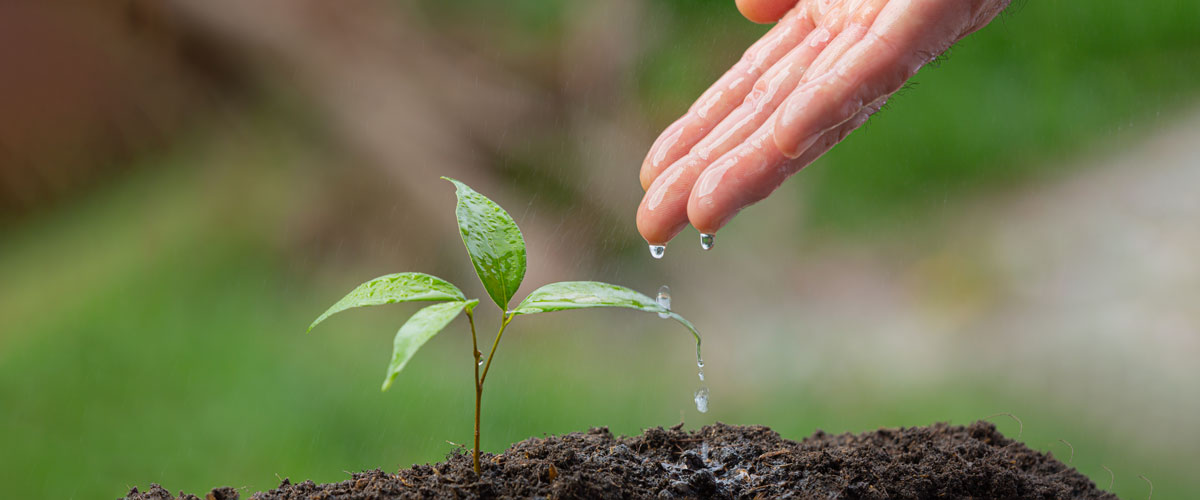Within the framework of sustainable development, while ensuring development, it is aimed not to harm the ability of future generations to meet their needs. In this context, sustainable development is to secure both the present and the future while achieving balance in environmental, economic, and social areas.
The United Nations announced the sustainable development goals as a global call to action in 2015 and then adopted them. Through this call to action, a road map is obtained to ensure sustainable development by 2030.
Within the Sustainable Development Goals, 17 global targets have been determined item by item. As of 2015, after the Millennium Development Goals have expired, these new 17 goals are also referred to as Sustainable Development Goals.
Since each of the 17 goals focuses on global problems, they are interrelated goals. However, having a holistic approach; it constitutes economy, environment and society orientated goals.
What are the Sustainable Development Goals?
Goal 1: No Poverty
It is the goal of eradicating poverty in all its forms, enabling every human being to meet their basic human needs, and ensuring universal access to adequate food, clean water and sanitation through universal basic income.
Goal 2: Zero Hunger
Against the problem of hunger and malnutrition in the world, the goal is to ensure that every person, including children, has access to sufficient food, and in the context of this, to increase agricultural productivity and to create food security through sustainable agricultural practices. In addition, this goal includes the scope of improving nutrition.
Goal 3: Good Health and Well-Being
The aim is to reduce child and maternal mortality rates, to prevent diseases such as malaria and AIDS, and to improve mental and psychological health so that every person in the world can have a healthy and qualified life.
Goal 4: Quality Education
In order to ensure that every person can continue to learn throughout life, it is the goal that every child should be able to participate in free and quality education at all levels, starting from pre-school education, as well as having technical and vocational training that is always accessible.
Goal 5: Gender Equality
It is the goal of eliminating gender-based discrimination and preventing inequality of opportunity in political, economic, and social decision-making processes and ending all forms of abusive violence.
Goal 6: Clean Water and Sanitation
Sustainable management of water and making healthy conditions accessible for all to ensure safe access to drinking water for all humanity and to eliminate water scarcity.
Goal 7: Affordable and Clean Energy
In terms of access to energy, which is one of the most important facts of daily life, the objective is to ensure that everyone can obtain energy in an affordable way, and to support economic development with a reliable energy system by making clean and sustainable energy universal.
Goal 8: Decent Work and Economic Growth
Within the framework of increasing employment in a way that humanity deserves, there is a goal of inclusive and sustainable economic growth, and with this goal, there is a need to improve both new employment and job creation. This goal is the goal of achieving a fair life for humanity through the jobs they choose in a manner worthy of their honor.
Goal 9: Industry, Innovation and Infrastructure
This goal, which has a focus on economic growth and social development, supports innovation and infrastructure investments to support sustainable development. The goal is to eliminate inequalities arising from globalization and to make the advantages of sustainable development available to all.
Goal 10: Reduced Inequalities
It is the goal of reducing inequality in all nations and internationally, eliminating inequalities based on any fault, such as age, disability, ethnicity, religion, gender or race.
Goal 11: Sustainable Cities and Communities
The goal is to build sustainable cities that are inclusive and safe, where everyone has access to adequate housing and easy access to basic services, in the context of achieving a more sustainable urban structure in relation to growing urban populations. In addition, this goal aims to protect cultural heritage and natural resources worldwide.
Goal 12: Responsible Consumption and Production
In terms of sustainability in the field of consumption and production, the goal is to make natural resources available for regular use and to achieve effective waste management. Within the framework of the target, the aim is to reduce waste production, to ensure less damage to nature and to create more responsible production/consumption practices.
Goal 13: Climate Action
An urgent mobilization to combat climate change, which constitutes a global crisis, is being created due to the goal of climate action. A holistic approach should be taken to prevent the effects of climate change through national policies and strategies. In the context of the target, an effective climate crisis management can be achieved through the development of climate-oriented risk management capacity in all countries.
Goal 14: Life Below Water
Biodiversity and ecosystems are emphasized along with the protection of natural water resources such as seas, oceans, and marine resources. This objective aims to protect natural resources and reduce marine pollution with a holistic sustainable development approach.
Goal 15: Life on Land
The terrestrial life target, which covers forests and biodiversity, which are of vital importance for human beings and the world, includes a plan to prevent desertification, deforestation, and drought. In this way, while providing the opportunity to protect natural habitats, it is ensured that terrestrial ecosystems are maintained in a sustainable manner to prevent the decrease in biological diversity.
Goal 16: Peace, Justice and Strong Institutions
Reducing violence as the most important social dimension of sustainable development, putting values such as inclusion and justice at the center of societies, and ensuring that everyone can easily access justice through accountable institutions.
Goal 17: Partnerships for the Goals
This goal, which is set to complement the first 16 goals, is the goal of revitalizing the global partnership in the process of sustainable development. While unity in finance, technology and trade is achieved through international co-operation, the emphasis is on supporting national plans for the realization of the 17 sustainable development goals.




